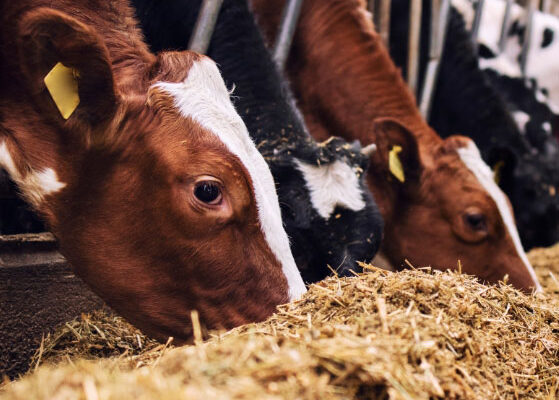 Click to view all ANIMAL MEDICINES
Click to view all ANIMAL MEDICINES
Key – Those standards which have greater significance (all other standards are normal)
Recommendation – Those which do not affect certification
New – A completely new standard which the member must now adhere to
Revised – A standard that has changed and requires the member to take some different or additional action to before
Upgraded – The standard has been upgraded to a Key standard or from a Recommendation to a full standard
Appendix – Referenced in ‘How you will be measured’. Indicates that additional information is provided in the Appendices, which are available at the end of each section.
This icon indicates that a record is required.
Where to find help – at the end of each section we have indicated where you can get extra guidance if you need it.
Aim:
Responsible and competent use of medicines and veterinary treatments
L.AM.1 Key
Standards
Only authorised veterinary medicines are used (REVISED)
How you will be measured
L.AM.1.a
L.AM.1.b
L.AM.1.d
L.AM.2 Key
Standards
Veterinary medicines must be used appropriately
How you will be measured
L.AM.2.a
L.AM.2.b
L.AM.2.c
L.AM.2.2
Standards
Prophylactic administration of antibiotics is only permitted in exceptional circumstances (NEW)
How you will be measured
L.AM.2.2.a
L.AM.2.2.b
- Rationale for prophylaxis (per prescription)
- Management review (group prophylaxis)
L.AM.3
Standards
Veterinary medicines must only be administered by demonstrably competent persons
How you will be measured
L.AM.3.a
Named in HHP or training records
L.AM.3.1
Standards
At least one person, who is responsible for administering medicines has undertaken training and holds a certificate of competence/attendance from training undertaken since October 2016
How you will be measured
L.AM.3.1.a
- Certificate of competence/attendance
- Training records
Aim:
Safe, secure and responsible management of medicines
L.AM.4
Standards
Veterinary medicines must be stored appropriately
How you will be measured
L.AM.4.a
L.AM.4.b
L.AM.4.c
L.AM.4.d
L.AM.5
Standards
Purchase records for all veterinary medicines must be kept
How you will be measured
L.AM.5.a
L.AM.5.b
L.AM.5.c
- Medicine purchase records
- MFSPs (may be held centrally by parent company)
L.AM.6 Key
Standards
Records must be kept of all administered veterinary medicines (paper and/or electronic)
How you will be measured
L.AM.6.a
L.AM.6.b
Medicine administration records
L.AM.7
Standards
Veterinary medicines, their containers and administration equipment must be disposed of responsibly
How you will be measured
L.AM.7.a
L.AM.7.b
L.AM.7.c
L.AM.7.d
- Medicine disposal records
- Waste transfer note/receipt
L.AM.8.1
Standards
It is recommended total annual antibiotics used should be collated and uploaded onto AHDB medicine hub or Welsh Lamb and Beef Producers AMU Calculator or equivalent
L.AM.9 Key
Standards
Use of HP-CIA antibiotics (i.e. those belonging to Category B “Restrict”, as defined by the European Medicines Agency), must only be as a last resort, under veterinary direction
How you will be measured
L.AM.9.a
Vet statement
Aim:
Prevention of contamination of food
L.AM.10 Key
Standards
Prescribed withdrawal periods must be correct and complied with
How you will be measured
L.AM.10.a
L.AM.10.b
Withdrawal period declaration
L.AM.11
Standards
Procedures must be in place to deal appropriately with needles or part needles remaining in livestock
How you will be measured
L.AM.11.a
L.AM.11.b
L.AM.11.c
Broken needle policy
